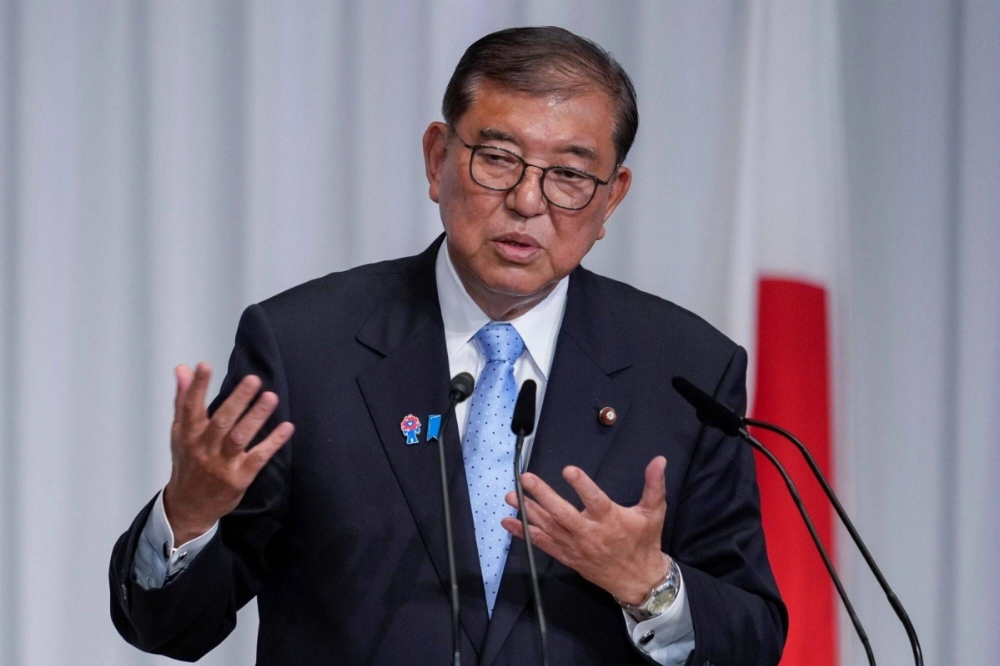“Responsibility” has been the theme of Prime Minister Shigeru Ishiba’s 17 days on the campaign trail. Now, after an election where his ruling Liberal Democratic Party-Komeito coalition lost its majority in the Upper House by a thin margin, it has become an ostensible reason for him to cling to his leadership — at least, for the moment.
“As the largest party in parliament, we have to fulfill our responsibility with the public so as to prevent politics from stagnating or drifting away,” Ishiba told a news conference he held as LDP leader Monday afternoon.
Citing ongoing negotiations with the United States over the 25% “reciprocal” tariffs imposed by the administration of President Donald Trump and the complex economic and security outlook, Ishiba told reporters he has no intention of stepping down.

















With your current subscription plan you can comment on stories. However, before writing your first comment, please create a display name in the Profile section of your subscriber account page.